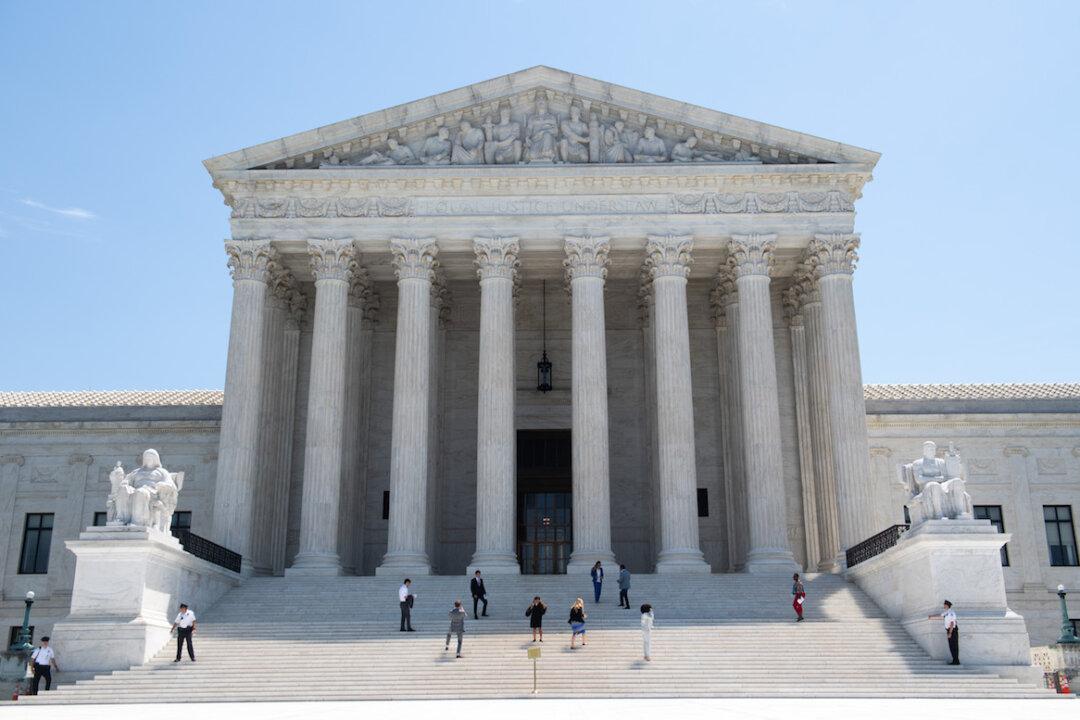WASHINGTON—In a major blow to election reformers, the U.S. Supreme Court on Thursday rejected efforts to rein in electoral map manipulation by politicians aimed at entrenching one party in power, a contentious practice known as partisan gerrymandering that critics have said warps democracy.
In a 5-4 ruling that could reverberate through U.S. politics for years to come, the justices ruled that federal judges do not have the ability to curb partisan gerrymandering.





